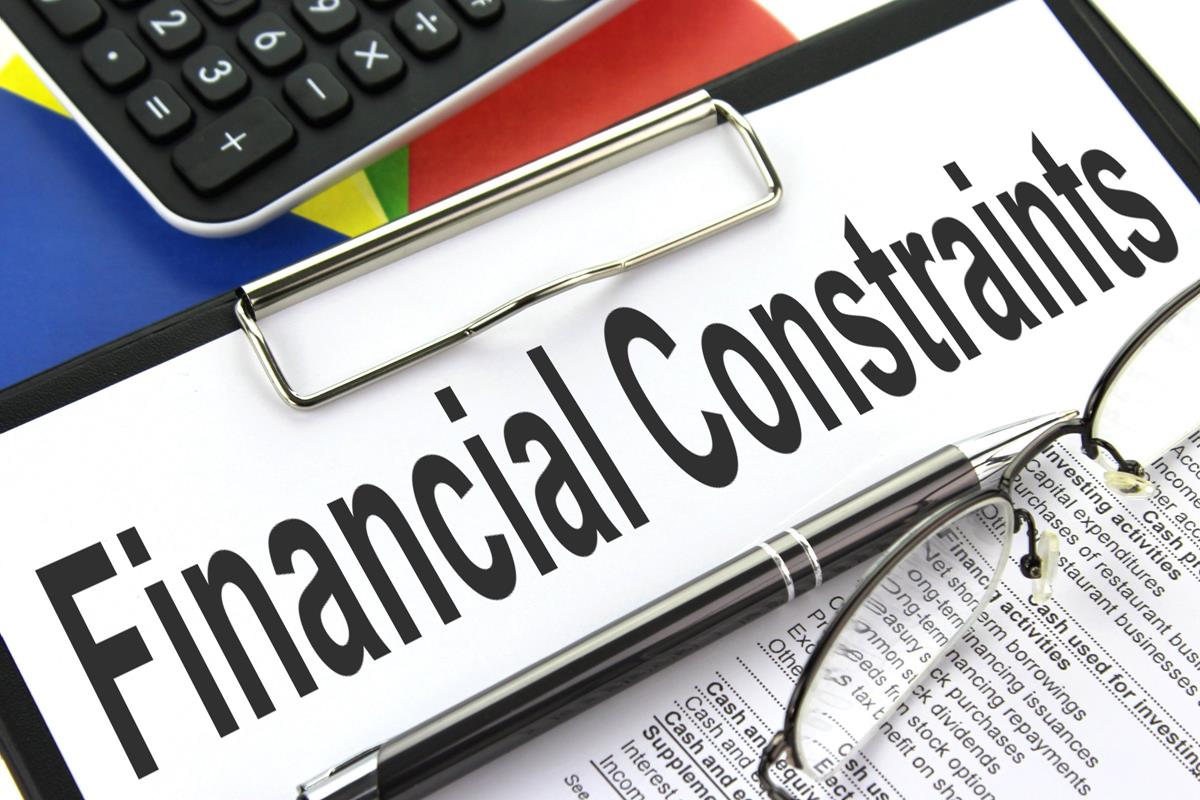
The global landscape is witnessing a dramatic shift, with more people than ever embracing cycling for both commuting and recreation. While countries like the Netherlands have long been synonymous with bike culture, the United States, traditionally recognized for its reliance on private automobiles and sprawling car-centric cities, is now experiencing its own quiet revolution on two wheels. This transformation is not just about adopting a new mode of transport; it’s about reimagining urban spaces and fostering healthier, more connected communities.
Historically, America’s relationship with the bicycle has been somewhat ambivalent. As recently as 2021, only about 1% of all trips taken were by bicycle, starkly contrasting with the staggering 87% made by car. This inherent car-centricity, with its multi-lane highways and vast parking lots, has shaped the very fabric of American cities. However, a growing recognition of cycling’s benefits—from its positive environmental impact and health advantages to its ability to offer a unique sense of connection to one’s surroundings—is driving significant change across the nation.
Thanks to concerted efforts in infrastructure development, innovative urban planning, and strong community advocacy, cycling is on the rise in the USA. From the surge in bicycle demand during the COVID-19 pandemic to the impressive growth of paved, off-road trails from just under 6,000 miles in 1991 to almost 40,000 in 2021, the evidence is clear. This article will take a data-driven look at some of the cities leading this exciting charge, showcasing the diverse strategies and passionate commitment that are making America more bicycle-friendly, one pedal stroke at a time.
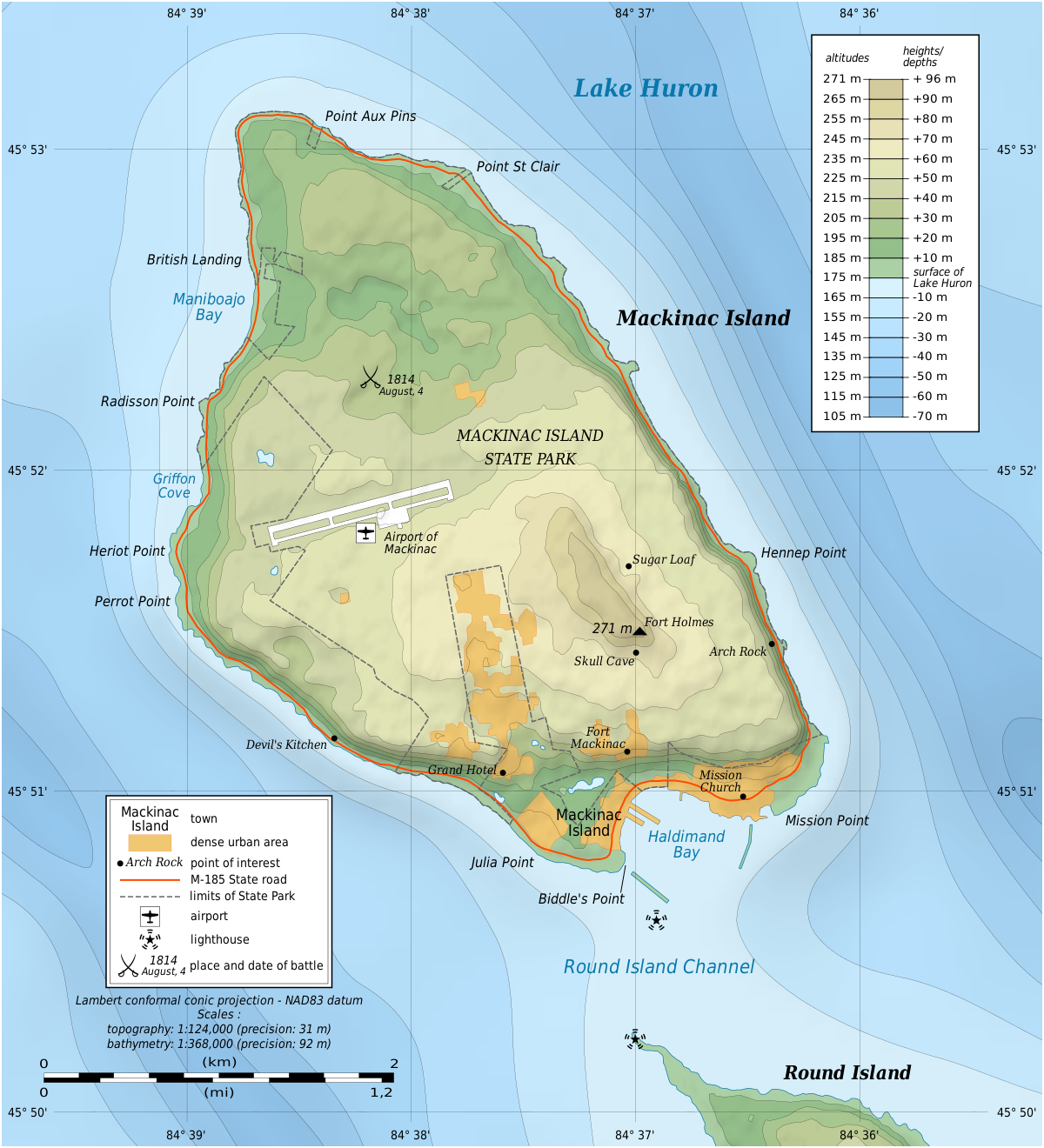
1. **Mackinac Island, Michigan: The Unrivaled Small City Champion**Mackinac Island, Michigan, stands as an undeniable beacon of cycling excellence, having achieved a perfect score of 100 points in the PeopleForBikes 2025 City Ratings. This achievement not only places it at the very top of the small cities category but also marks it as the only location across the entire assessment to reach such a pinnacle. Its score notably increased from an already stellar 99 points in 2024, signaling a continuous commitment to its bike-friendly environment.
The island’s unique charm lies in its fundamental embrace of non-motorized transport. While the specific details of its car-free policy are widely known, the context highlights how its infrastructure supports an environment where cycling is not merely an option but the primary and most enjoyable mode of transit. This historical commitment to prioritizing bicycles over automobiles has cultivated a truly exceptional cycling experience.
For residents and visitors alike, Mackinac Island offers a glimpse into a world where the pace of life is dictated by the turn of a pedal, not the roar of an engine. Its unparalleled score is a testament to the profound cultural and infrastructural transformation possible when a community fully commits to a vision of accessible and safe cycling, proving that smaller communities can set the gold standard for bike-friendliness.
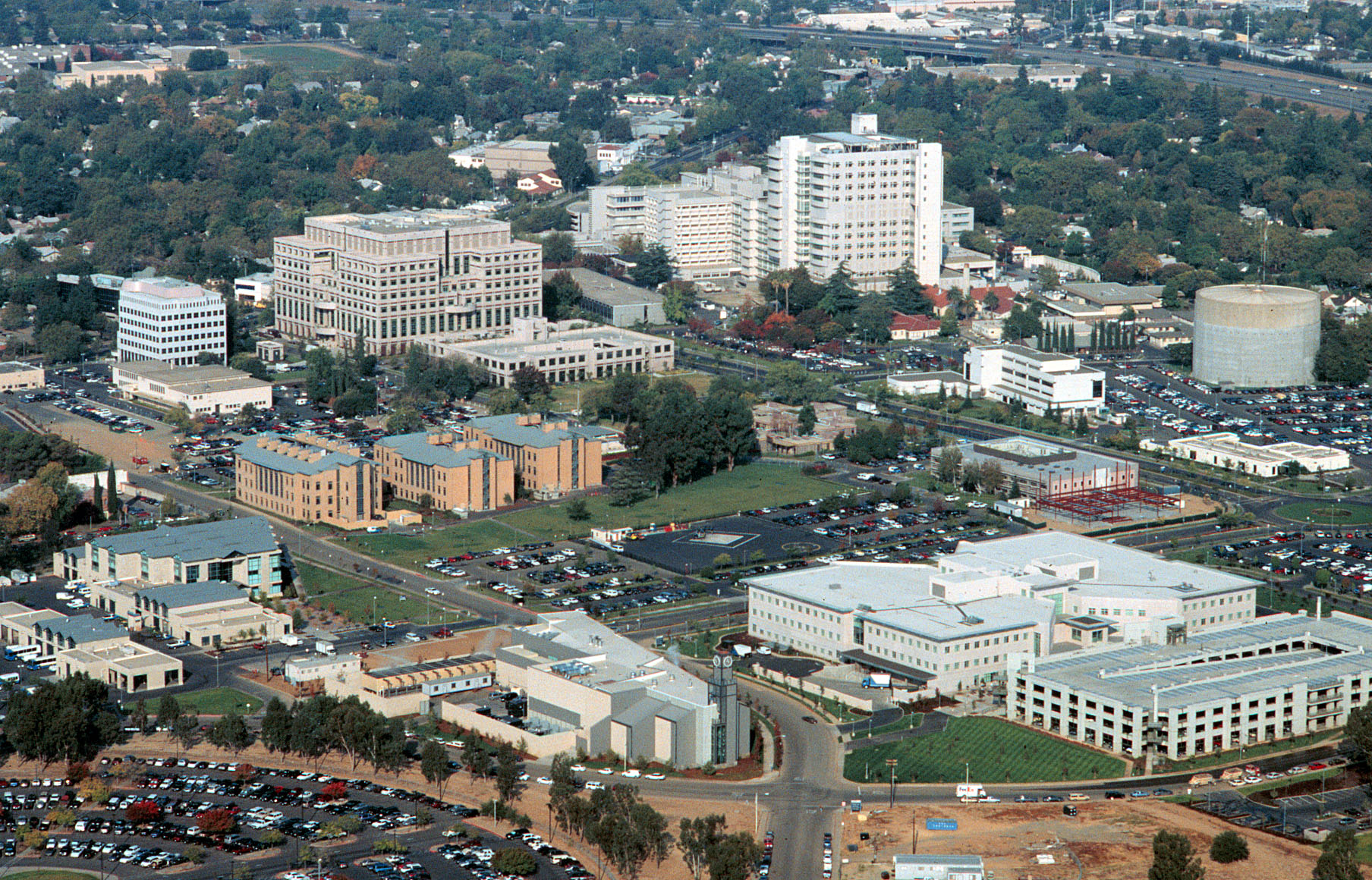
2. **Davis, California: The Enduring University Town Model**Davis, California, continues to be a standard-bearer for a comprehensive cycling culture, leading the medium cities category with an impressive PeopleForBikes score of 81 points in 2025. This score represents a notable three-point increase from the previous year, underscoring the city’s ongoing dedication to its cycling infrastructure and culture. This California city of 68,000 has mastered the art of making cycling the natural choice for daily transportation.
Its success is deeply rooted in significant, early investments in cycling infrastructure that predate widespread car-centric development. This foresight has resulted in an environment where 22% of all trips are made by bicycle, the highest mode share nationally. The city boasts over 100 miles of bike paths and lanes, complemented by more than 50 bike tunnels and overpasses, creating a seamlessly connected network that prioritizes cyclists’ safety and convenience.
Crucially, Davis has maintained an exceptional safety record, reporting zero cyclist fatalities in the past three years. This is further supported by innovative traffic signals that prioritize cyclists and comprehensive bike parking facilities, offering over 25,000 spaces. The strong partnership with the University of California Davis, which alone generates over 40,000 daily bike trips, reinforces the city’s identity as a true cycling haven, demonstrating that sustained investment creates lasting cultural change.
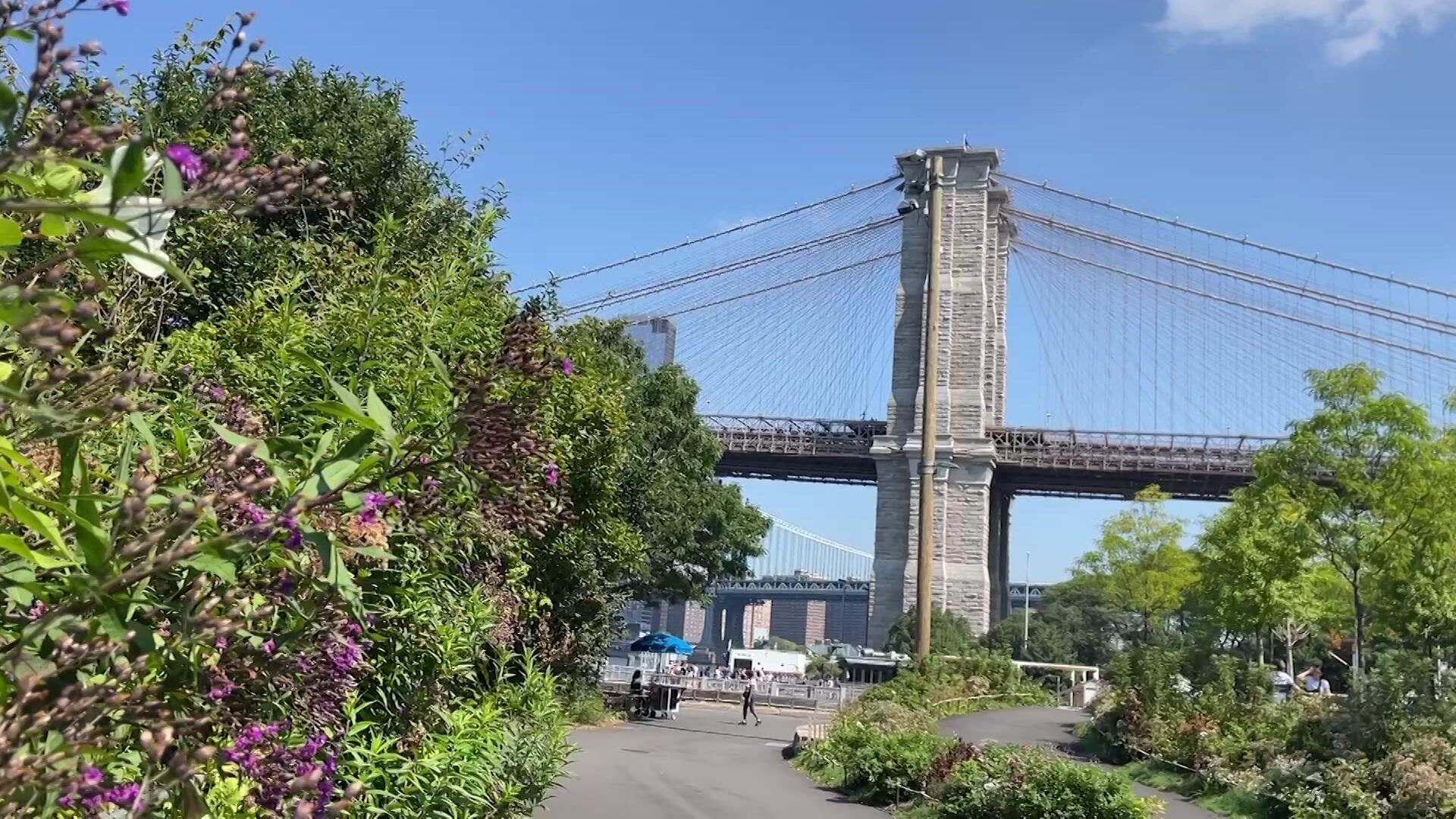
3. **Brooklyn, New York: The Unexpected Champion of Urban Density**Brooklyn, New York, has dramatically risen to claim the #1 spot among large cities in the PeopleForBikes 2025 ratings, achieving a remarkable 73 points. This ascent signifies one of the most significant urban transformations in recent American history, illustrating how a dense urban environment can fundamentally reimagine movement for its 2.7 million residents. Brooklyn proves that density and bike-friendliness are not mutually exclusive but can be mutually reinforcing when approached strategically.
What makes Brooklyn truly special is its extensive and meticulously planned bike infrastructure. The borough now features over 400 miles of bike facilities, with a significant 60% of these designated as protected lanes. These protected corridors, such as those on major thoroughfares like Atlantic Avenue and Flatbush Avenue, provide a crucial layer of safety and comfort for cyclists, encouraging greater adoption of two-wheeled travel.
Further enhancing its bikeability, Brooklyn boasts seamless integration with New York City’s subway system through dedicated bike-and-ride hubs. The innovative “Brooklyn Bike Network” also serves as a critical connector, linking 23 diverse neighborhoods. The numbers speak volumes: a staggering 200% increase in cycling since 2019, a 45% reduction in cycling accidents on protected routes, and an impressive 12% of all trips now made by bicycle, marking the highest mode share in the nation for a large city. This data underscores Brooklyn’s successful transformation into a leading cycling hub.
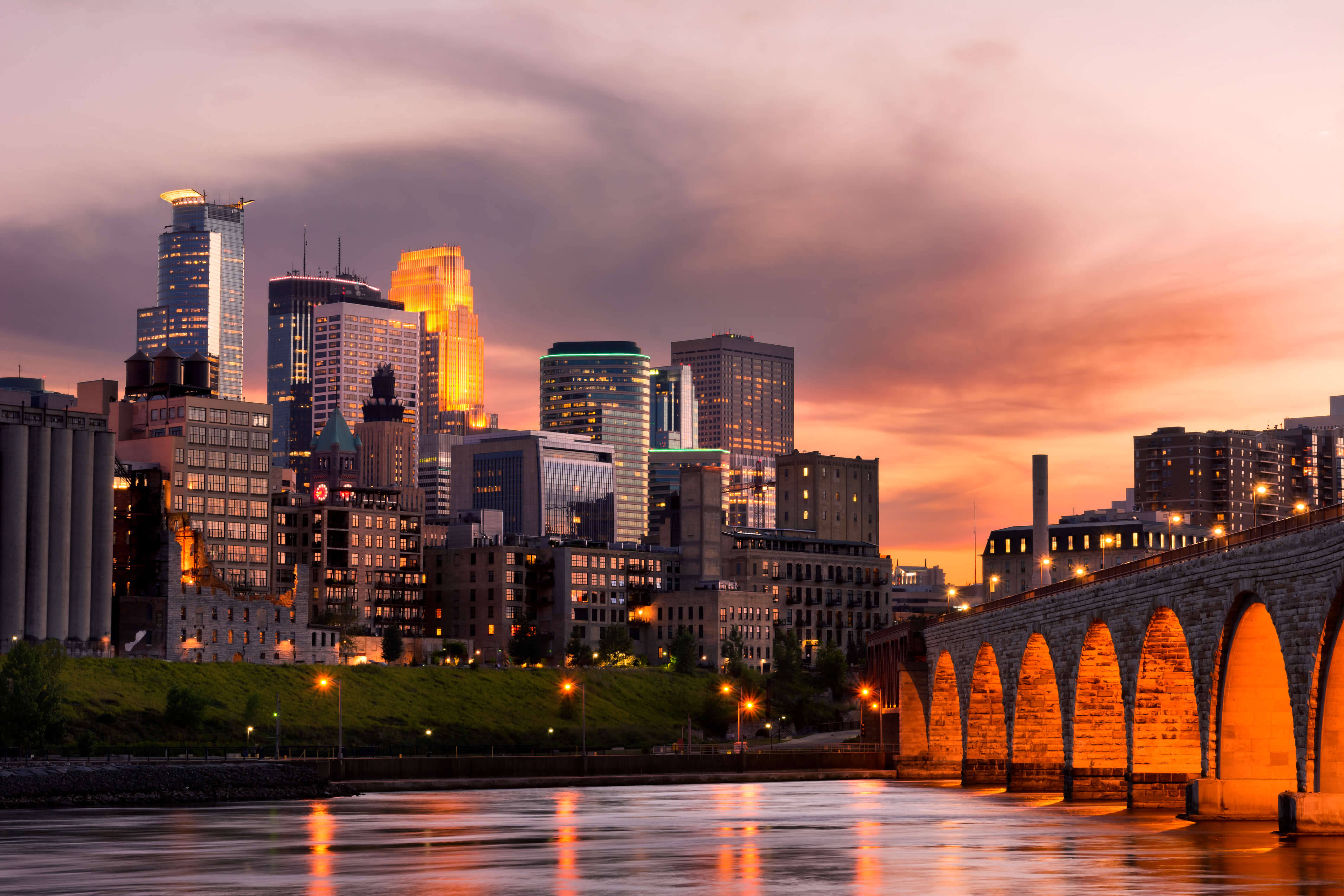
4. **Minneapolis, Minnesota: The Resilient Winter Cycling Capital**Minneapolis shatters conventional notions, proudly holding the #2 spot among large cities with a PeopleForBikes score of 72 points, proving that winter cities can indeed be cycling powerhouses. Despite facing temperatures that can plummet to -20°F, Minneapolis maintains one of America’s most active year-round cycling communities, establishing its credentials as one of the best bike-friendly cities in the US.
The city’s dedication to year-round cycling is evident in its unique winter-specific innovations. It maintains 85 miles of bike paths even during harsh winters, complemented by heated bike shelters at over 40 locations. Furthermore, bike lanes receive priority snow removal, often cleared within 24 hours of a snowfall, and its “Winter Bike to Work” program engages over 5,000 participants annually, showcasing a deep-seated commitment to cycling regardless of climate.
Minneapolis’s robust infrastructure extends beyond seasonal considerations, with over 100 miles of on-street bikeways and 90 miles of off-street paths providing extensive convenience. A highlight is the Midtown Greenway, a 5.5-mile car-free corridor that was once a railyard but now serves as a popular commuter path, cleared even before roads when it snows. The city has also boldly reallocated space from cars to bikes, a radical approach that has been successful in Europe but was previously uncommon in the States.
Beyond infrastructure, Minneapolis has leveraged cycling as a tool for social change. Following the tragic murder of George Floyd, the city utilized cycling as a means of fostering community and addressing issues of inclusion, racial, economic, and social inequalities. Initiatives such as offering fleets of loaner bikes to children in disadvantaged communities highlight the transformative power of bicycles in promoting equal opportunities, making them not just fun but profoundly impactful.

5. **Seattle, Washington: The Tech City’s Smart, Data-Driven Approach**Seattle, Washington, secures the #3 position among large cities with a PeopleForBikes score of 66 points, exemplifying how a tech-forward approach can create a highly bike-friendly environment. The city successfully blends the Pacific Northwest’s environmental consciousness with its booming tech industry innovation, setting new standards for cycling infrastructure despite its challenging hills and frequent rainfall.
Seattle’s approach to cycling is uniquely enhanced by technology. It employs AI-powered traffic signals that intelligently detect and prioritize cyclists, alongside real-time bike lane condition monitoring via IoT sensors. Cyclists benefit from mobile applications that provide route optimization and safety alerts, seamlessly integrating cycling with ride-share and public transit systems for a truly multimodal urban experience.
The city’s infrastructure achievements are noteworthy, with 90% of its new bike facilities designed as protected lanes, significantly enhancing cyclist safety and comfort. The renowned Burke-Gilman Trail offers 18 miles of car-free cycling, while protected bike lanes are even engineered for steep hills, accommodating grades up to 15%. An e-bike share system further assists riders in conquering the city’s challenging topography, demonstrating how technology can effectively overcome traditional cycling obstacles.
The success of Seattle’s comprehensive ‘bicycle master plan’ is evident in its network expansion, which now boasts over 500 miles of bike lanes and paths. Projects like the CCBN have played a crucial role in making cycling safer and more comfortable by separating vulnerable users from moving vehicles. This strategy has not only protected existing cyclists but is actively inspiring a new generation of riders, proving that as protected bike lanes increase, crashes decrease, and ridership flourishes.
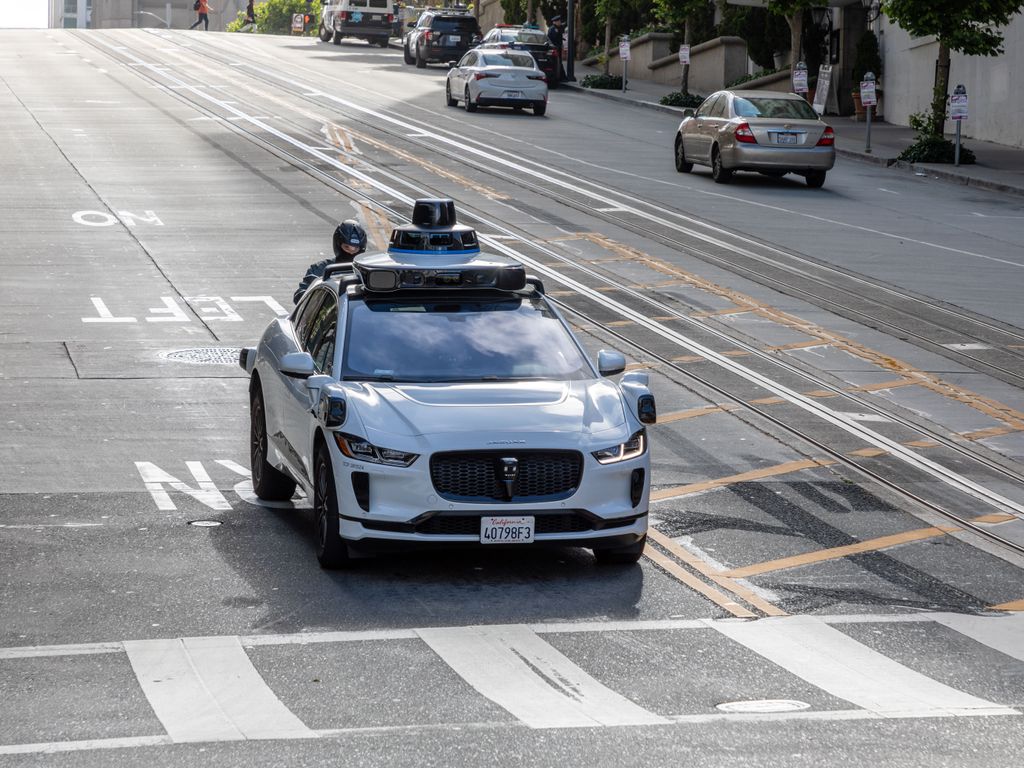
6. **San Francisco, California: Conquering the Hills with Creative Engineering**San Francisco, California, defies its challenging topography to rank #5 among large cities with a PeopleForBikes score of 63 points, clearly demonstrating that infrastructure design, not hills, dictates cycling success. Despite its global distinction as the second-hilliest city, San Francisco has ingeniously developed a cycling network that works harmoniously with its dramatic landscape, proving that creative engineering can overcome any geographical challenge.
The city has invested in “Hill-Friendly Innovations” that are transforming the cycling experience. It boasts over 500 miles of bike lanes, one of the most extensive networks in the nation, with strategic route planning that meticulously avoids the steepest gradients. The presence of an e-bike share program, featuring over 4,000 electric bicycles, empowers riders to tackle ascents with greater ease. Unique amenities like bike escalators and lifts at key locations further simplify navigating the city’s vertical challenges.
San Francisco’s commitment to safety and connectivity is paramount. Protected bike lanes on major arteries like Market Street provide essential safety corridors. The city has also established vital connections through areas such as the Panhandle and Golden Gate Park, allowing cyclists to traverse key urban green spaces. The “Vision Zero” program specifically targets cycling safety, aiming to eliminate traffic fatalities, while the seamless integration with the Muni public transit system offers convenient multimodal travel options.
As of 2021, San Francisco had 464 miles of designated spaces for bike traffic, underscoring its expansive network. The city’s “bicycle plan” is continually focused on expanding this network, alongside implementing improvements to intersections and installing comprehensive bike parking facilities. A strong emphasis on safety is evident through traffic calming measures designed to reduce conflicts between cyclists and drivers. The popular bike-sharing program, ‘Bay Wheels,’ coupled with community engagement initiatives like “Sunday Streets”—where streets are temporarily closed to cars—further encourage a car-free experience and boost cycling accessibility.
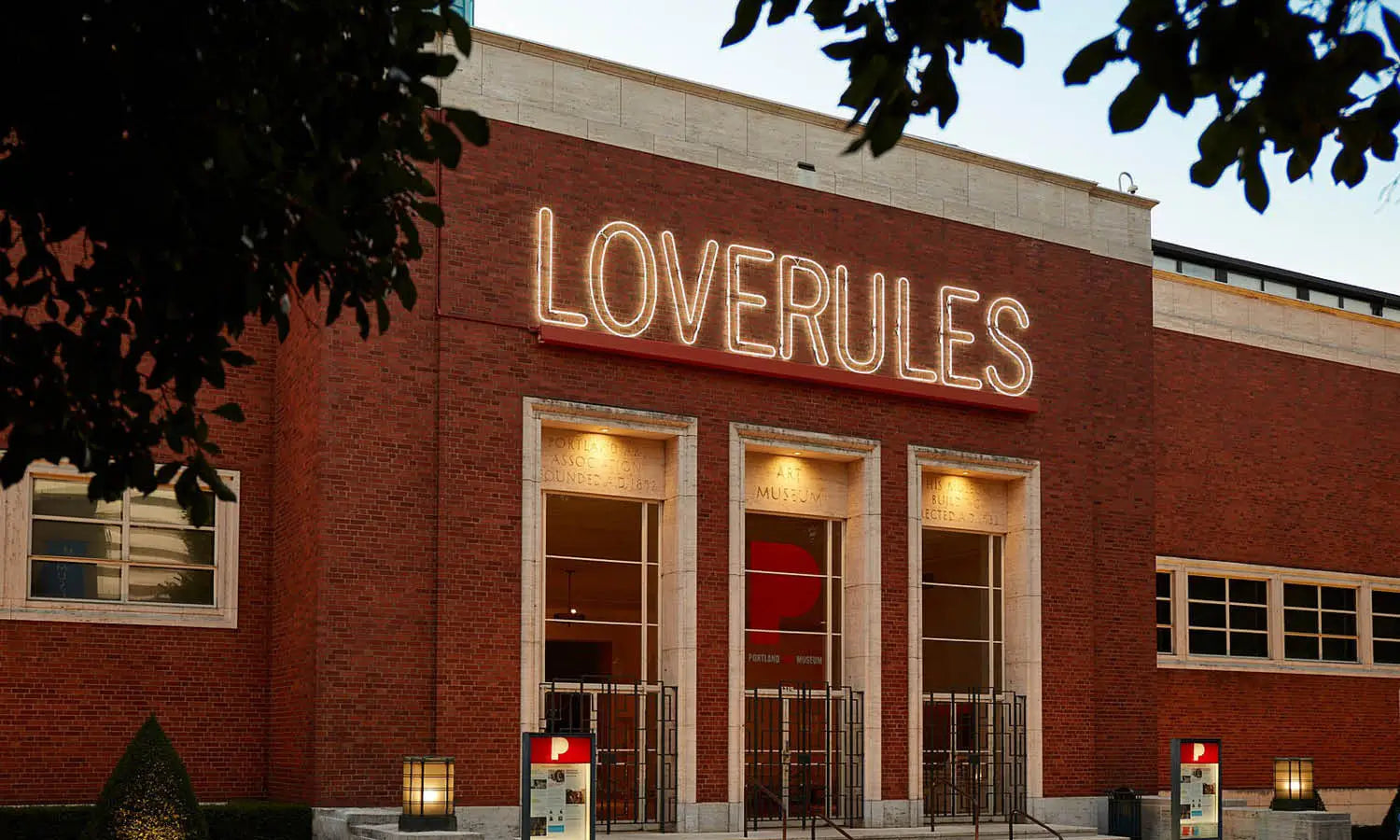
7. **Portland, Oregon: The Enduring Pioneer and Cultural Leader**Portland, Oregon, maintains its influential status in American cycling culture, scoring 61 points in the PeopleForBikes 2025 large city ratings, securing the #7 position. As one of the earliest cities to champion cycling as a serious mode of transportation, Portland continues to innovate while upholding its reputation as one of the most bike-friendly cities in the US. Its liberal and progressive politics, coupled with a deep commitment to sustainability, naturally align with fostering a robust cycling environment.
The city’s “Portland’s Lasting Innovations” have set a benchmark for urban cycling. It features over 70 miles of Neighborhood Greenways, which are low-traffic cycling routes designed for comfort and safety. Innovative intersection designs, including bike boxes and two-stage turns, further enhance cyclist navigation. A significant 90% of the city’s cycling infrastructure budget is dedicated to protected facilities, and a bike-friendly business district provides over 200 dedicated bike parking spots, signaling strong institutional support.
Portland’s “Cultural Leadership” is perhaps its most distinguishing feature. An impressive 15% of residents regularly commute by bike, a testament to the city’s ingrained cycling habit. It is home to world-renowned bike advocacy organizations and hosts annual cycling events that attract over 100,000 participants, fostering a vibrant and engaged community. Model bike education programs in schools ensure that the next generation embraces cycling, illustrating how Portland’s early commitment continues to influence cities nationwide.
Boasting 350 miles of bike lanes and over 100 miles of multi-use paths, Portland offers an extensive and inviting infrastructure. The annual Pedalpalooza bike festival is a prime example of its community spirit, organizing accessible cycle trips throughout the summer to “support joyful advocacy” and strengthen the city’s renowned bike culture. Portland consistently ranks as a top cycling city, a status that is set to endure for years to come.

8. **Saint Paul, Minnesota: The Comeback Champion with Rapid Transformation**Saint Paul, Minnesota, stands out as America’s “Comeback Champion,” marking an extraordinary transformation in its cycling infrastructure. Its PeopleForBikes score soared from a mere 9 points in 2020 to an impressive 62 points in 2025, securing the #6 position among large cities. This dramatic improvement offers a compelling blueprint for other cities aiming for rapid and systematic change in their urban cycling environments.
The city’s “Transformation Strategy” involved several key initiatives. The Jackson Street Reconstruction project introduced three miles of protected bike lanes, significantly enhancing safety. The Capital City Bikeway, an extensive 17-mile trail system, further expanded connectivity. Saint Paul also implemented a citywide speed limit reduction to 25 mph and established comprehensive bike parking requirements for all new developments, signaling a clear prioritization of cycling and pedestrian safety.
This rapid transformation was fueled by substantial investment and strategic implementation. Between 2020 and 2025, a dedicated $50 million was invested in cycling infrastructure, resulting in the construction of over 150 miles of new bike lanes within just five years. The city also fostered integration with the Minneapolis bike network, creating a more cohesive regional cycling experience. Crucially, community engagement programs were implemented across all neighborhoods, ensuring that the transformation was inclusive and responsive to the needs of its residents.
Saint Paul’s journey demonstrates that dedicated, systematic investment, coupled with progressive policy changes and strong community involvement, can yield truly transformational results in a remarkably short period. Its success serves as an inspiring model for urban planners and cycling advocates across the country, highlighting the potential for rapid progress in fostering bike-friendly cities.
As we continue our journey across America’s burgeoning cycling landscape, it becomes clear that bike-friendliness isn’t confined to a single type of urban environment. From mid-sized cities punching above their weight to southern gems defying car-centric traditions, and rapidly transforming urban centers, the spirit of cycling is taking root in diverse and exciting ways. These remaining havens are not just building infrastructure; they’re cultivating cultures and demonstrating that a future on two wheels is within reach for every American city. Let’s delve into the strategies and cultural shifts defining seven more exceptional cycling havens.

9. **Fort Collins, Colorado: The Mid-Size Marvel**Fort Collins, Colorado, stands as a testament that world-class cycling infrastructure isn’t exclusive to sprawling metropolises. This vibrant Colorado city, with a population of 170,000, has carved out a niche for itself, drawing in an impressive 7,800 bike commuters daily. It remarkably maintains one of the nation’s lowest cyclist accident rates, signaling a comprehensive and successful approach to urban cycling safety.
The city boasts an extensive network of over 280 miles of bike trails and lanes, seamlessly integrating cycling into its urban fabric and natural surroundings. Crucially, Fort Collins is committed to year-round bikeability, implementing a comprehensive bike path snow removal program to ensure paths remain accessible even in harsh weather. This dedication extends to a unique bike-friendly business certification program, fostering a supportive ecosystem for cyclists across the community.
Fort Collins’s commitment to safety is truly exceptional, with a reported 0.1 cyclist fatalities per 100,000 residents, the lowest in the nation. This remarkable safety record is backed by practical measures like protected intersections at major crossings, robust bike education programs, and 24/7 bike path lighting and maintenance. This holistic approach ensures that cycling is not only convenient but also incredibly safe for all ages and abilities.
Beyond infrastructure, advocacy group Bike Fort Collins has been instrumental in cultivating the city’s cycling culture, launching a popular citywide bike-share program. For an impressive 32 years, Fort Collins has championed a “Bike to Work Day” on June 26, an annual event that sees participation from over 6,000 individuals, underscoring the deep community engagement and passion for cycling.
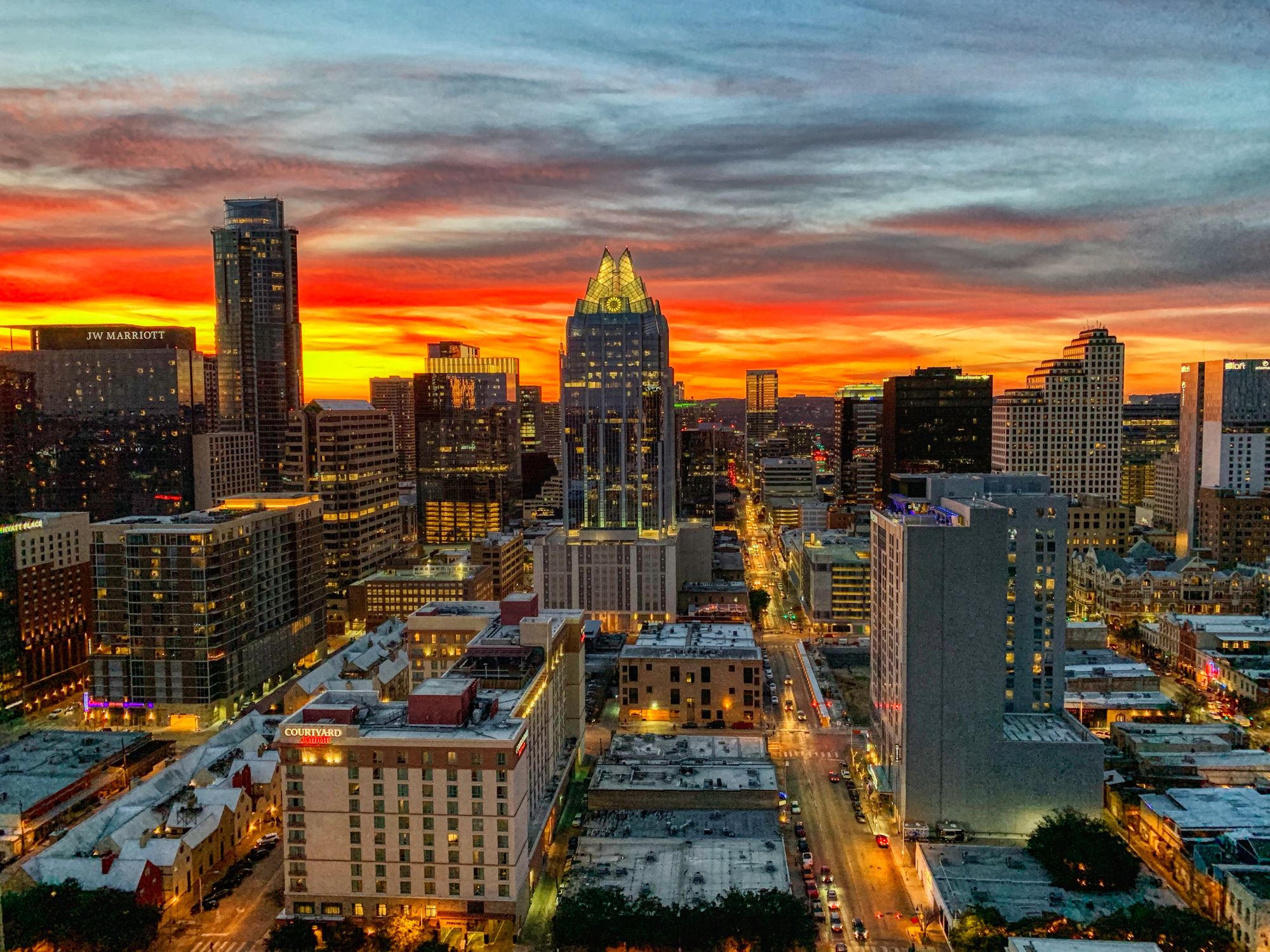
10. **Austin, Texas: The Southern Surprise**Austin, Texas, proudly leads the charge among bikeable cities in the traditionally car-centric American South, earning a 61-point rating. The Texas capital masterfully leverages its distinctive culture and abundant year-round sunshine, with over 300 sunny days annually, to forge a cycling environment that is both unique and inviting. This demonstrates that with the right infrastructure investments, a thriving cycling culture can indeed flourish in unexpected locales.
The city’s commitment to cycling is exemplified by its expansive network of over 200 miles of bike lanes, with a significant 40% of these designated as protected facilities, significantly enhancing rider safety. A jewel in its crown is the Ann and Roy Butler Hike-and-Bike Trail, offering 10 miles of picturesque lakefront cycling. Austin also thoughtfully integrates bike-share systems with its renowned music festivals and other cultural events, making two-wheeled travel a natural fit for its vibrant lifestyle.
Austin’s cycling success is also rooted in robust educational programs. The Ghisallo Cycling Initiative, a dedicated non-profit, provides comprehensive bicycle education and encouragement across the city. Their efforts include engaging after-school bike clubs, vital safety clinics, and innovative learn-to-ride programs tailored for both youth and seniors, actively nurturing a new generation of confident cyclists.
Further bolstering its bike-friendly status, Austin benefits from a powerful advocacy group, Bike Austin, which champions cyclists’ interests and bridges the gap between riders and lawmakers. The city also embraces a broader micro-mobility movement, with a transit-integrated bikeshare system complementing a comprehensive network of e-scooters and e-mopeds. This progressive stance has positioned Austin as the seventh-best cycling city in America, according to Bicycle Magazine, underscoring its growing reputation and commitment to sustainable urban mobility.
Read more about: The Decisive Decade: How Supreme Court Rulings Unleashed Partisan Power in Redistricting and Reshaped American Elections

11. **Cambridge, Massachusetts: The Academic Cycling Hub**Cambridge, Massachusetts, home to the world-renowned Harvard and MIT universities, has wholeheartedly embraced cycling as a pragmatic and sustainable urban mobility solution. This intellectual hub has garnered multiple recognitions as America’s most bike-friendly city by the League of American Bicyclists, a testament to its forward-thinking infrastructure, robust educational programs, and unwavering commitment to promoting cycling.
The city boasts an extensive network of bike lanes and shared-use paths, making daily commutes to campus exceptionally easy for its vast student population. This comprehensive infrastructure ensures that cyclists can navigate the city with both ease and confidence, transforming cycling into a natural choice for residents and visitors alike. It’s a prime example of how thoughtful urban planning can seamlessly integrate sustainable transport into a bustling academic environment.
Enhancing accessibility, Cambridge features a fantastic bike-sharing system, Bluebikes, which proves particularly appealing in a city with such a dynamic student body and frequent visitors. This system offers a convenient and readily available alternative to driving, removing barriers to entry for those new to urban cycling or without personal bikes.
Moreover, Cambridge provides a wealth of resources and programs dedicated to fostering safe cycling habits. The city’s Bicycle Education Program offers free bike safety classes for residents, ensuring that riders are well-equipped with the knowledge and skills for secure travel. Complementing this, free bike maps are readily available to help cyclists confidently navigate the city, underscoring Cambridge’s dedication to creating a safe and accessible cycling experience for everyone.
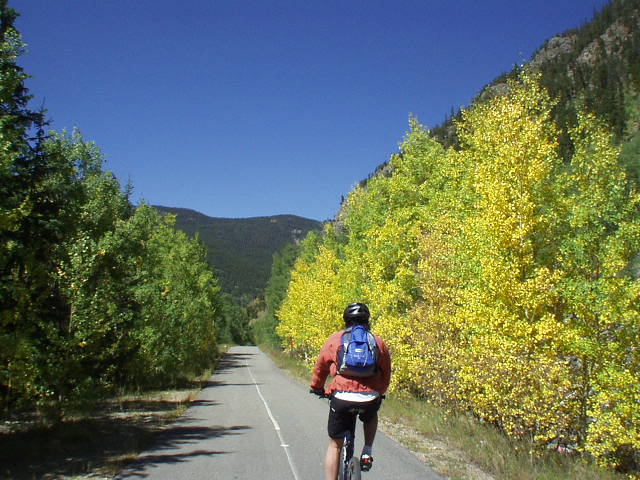
12. **Boulder, Colorado: The Outdoor Cycling Mecca**Nestled dramatically against the iconic backdrop of the Rocky Mountains, Boulder, Colorado, offers cyclists an unparalleled and breathtaking setting. Its unique geography naturally lends itself to adventurous outdoor pursuits, with mountain biking reigning as one of the most cherished recreational activities in the region, drawing enthusiasts from far and wide.
Beyond its renowned dirt trails, Boulder excels within its urban core, boasting numerous bike paths and lanes that coalesce into a vast and well-connected network. This infrastructure ensures that cycling is not only a convenient mode of transport but also an incredibly scenic experience, enhancing its popularity both within the city limits and in the surrounding natural landscapes.
Boulder has rightfully earned its reputation as a world-class cycling destination. Its rich history of hosting prestigious professional cycling events and serving as a high-altitude training ground for elite athletes has profoundly influenced the city’s pervasive cycling-friendly atmosphere. This strong association with professional cycling has ingrained a deep appreciation for the sport into the community’s identity.
Cycling is intrinsically woven into the fabric of Boulder’s identity. The city’s profound connection to the great outdoors makes cycling an integral part of life for its active residents and a major draw for visitors seeking its beautiful natural charm. Further cementing its commitment, Boulder’s bike-sharing program, BCycle, offers a remarkable benefit: it’s free for a year for participating students, making cycling an even more accessible and attractive option for the academic community.

13. **Chicago, Illinois: The Windy City’s Cycling Revival**Chicago, the bustling Windy City, stands as another compelling success story in America’s journey towards bike-friendliness, despite the inherent challenges of its dense urban environment. The Chicago Department of Transportation has unveiled an updated ‘Cycling Strategy’ aimed at significantly expanding its bike network and making cycling a safer and more appealing experience for its residents.
Despite the demands of its busy streets, Chicago currently features an impressive 300 miles of bike lanes, complemented by the immensely popular Lakefront Trail. This infrastructure ensures that cycling can be both a pleasurable recreational activity and a highly convenient mode of transit across the city. It showcases how a major urban center can thoughtfully integrate cycling into its demanding landscape.
Looking ahead, Chicago has ambitious plans to add another 150 miles of bikeways by March 2023, with a strong emphasis on ‘low-stress’ options. A significant 85% of these new additions will consist of protected bike lanes or neighborhood greenways. This strategic focus aims to acclimate residents to using their bikes for local trips, even in proximity to heavier traffic, thereby making cycling a more comfortable and intuitive choice for everyday commutes.
The city also hosts the unique ‘Bike the Drive’ event, where cyclists are granted exclusive access to the iconic Lake Shore Drive, typically reserved for motorists. This initiative not only provides an unparalleled experience for riders but also symbolically reclaims urban space for two-wheeled travel. While Chicago has faced historical challenges regarding cycling safety, with past legal complexities for injured cyclists, a flurry of recent legislation is actively working to rectify these issues, positioning Chicago for a brighter, more bike-friendly future.
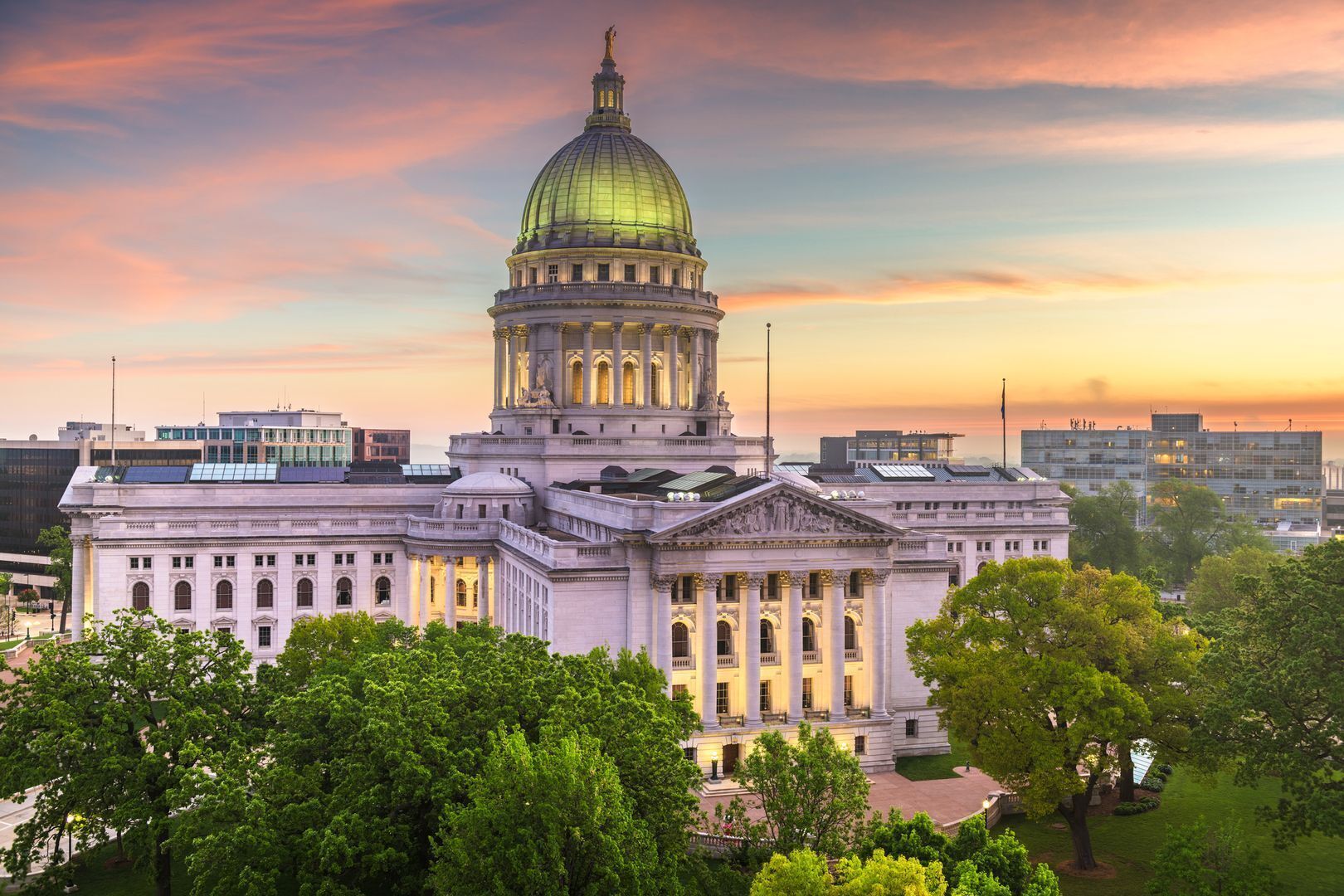
14. **Madison, Wisconsin: The Culturally Rich Cycling Hub**Madison, Wisconsin, has earned recognition for its vibrant bike-friendly culture and steadily improving cycling infrastructure. The city boasts an extensive network of bike paths and lanes, currently totaling over 60 miles, which facilitates easy navigation for both residents and visitors. Madison is not resting on its laurels, with active plans to further expand this network by adding more bike lanes, boulevards, and enhanced parking facilities.
While its infrastructure development continues, Madison already possesses a robust cycling culture, where many residents embrace bikes as an integral part of a healthy, outdoor-oriented lifestyle. This ingrained enthusiasm was formally acknowledged in 2015 when the city achieved an esteemed platinum designation award from the League of American Bicyclists, underscoring its significant achievements in promoting cycling.
Beyond the city center, Madison’s outskirts offer a gem for cyclists: the Lower Yahara River Trail. This incredibly popular bike route caters to all abilities, providing unparalleled riverside views that make for a truly picturesque riding experience. It’s a testament to the city’s diverse offerings for both urban commuters and recreational riders seeking natural beauty.
Madison’s comparatively compact city center further enhances its bike-friendliness. The smaller scale means that many daily trips are short and can be easily undertaken by bicycle, making it a practical and efficient mode of transport. This combination of a committed community, scenic routes, and strategic urban planning ensures Madison remains a standout example of a city where cycling thrives.
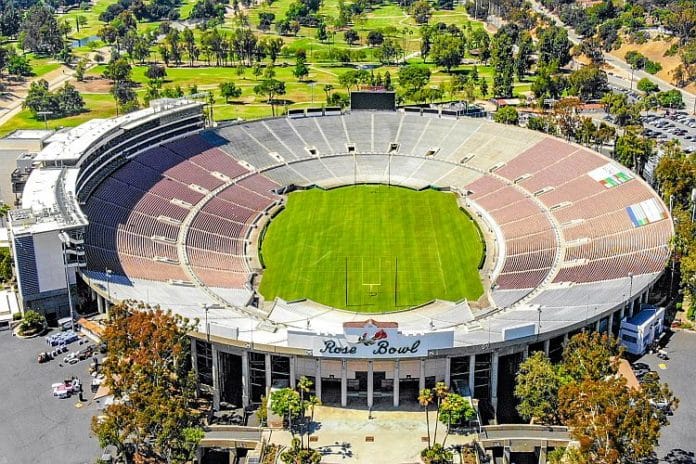
15. **Los Angeles, California: America’s Most Improved Cycling City**Defying expectations, Los Angeles has earned the distinction of America’s Most Improved Cycling City, a remarkable turnaround given its entrenched car culture. In recent years, the city government has channeled millions of dollars into dramatically expanding its cycling infrastructure. This investment has manifested in the construction of new bike lanes and the implementation of safer cycling designs, directly leading to a notable surge in the number of cyclists on the road.
This burgeoning infrastructure is not confined to the city center; it strategically connects neighborhoods across Los Angeles and extends to surrounding areas like Long Beach and Santa Monica. This connectivity transforms cycling from merely a short-trip option into a viable mode for longer distances, significantly broadening the utility and appeal of bicycles for commuters and recreational riders alike.
A cornerstone of LA’s transformation is its ambitious Vision Zero program, a commitment to eliminate all traffic-related fatalities by 2025. This initiative is driving more rigorous enforcement of traffic laws against motorists and increased penalties for dangerous driving behaviors, which have historically been prevalent in the city. With over 200 people dying annually from traffic incidents, half of whom are cyclists or pedestrians, the urgency for such measures is clear.
Against considerable odds, Los Angeles is making monumental strides to establish itself as a bicycle-friendly city. Its rapid progress serves as an inspiring model for other urban centers, demonstrating what can be achieved through dedicated effort in a relatively short timeframe. While perfection is still a goal, the synergy of increasing public involvement, robust governmental support, and collective community action is inexorably shaping LA into a truly great place for cyclists, pedal by pedal.
As we conclude our two-wheeled exploration of America’s most bike-friendly cities, it’s evident that the nation is in the midst of a profound transportation renaissance. From the pioneering spirit of early adopters to the dramatic transformations in once car-dominated landscapes, each city showcased here tells a story of innovation, dedication, and community spirit. These aren’t just lists of numbers and infrastructure projects; they represent a collective vision for healthier, greener, and more connected urban living. The journey to a truly bicycle-friendly America is ongoing, powered by every new bike lane, every community initiative, and every pedal stroke that reclaims our streets for a more sustainable future. So, let’s keep riding, keep advocating, and keep dreaming of cities where the bicycle reigns supreme!



